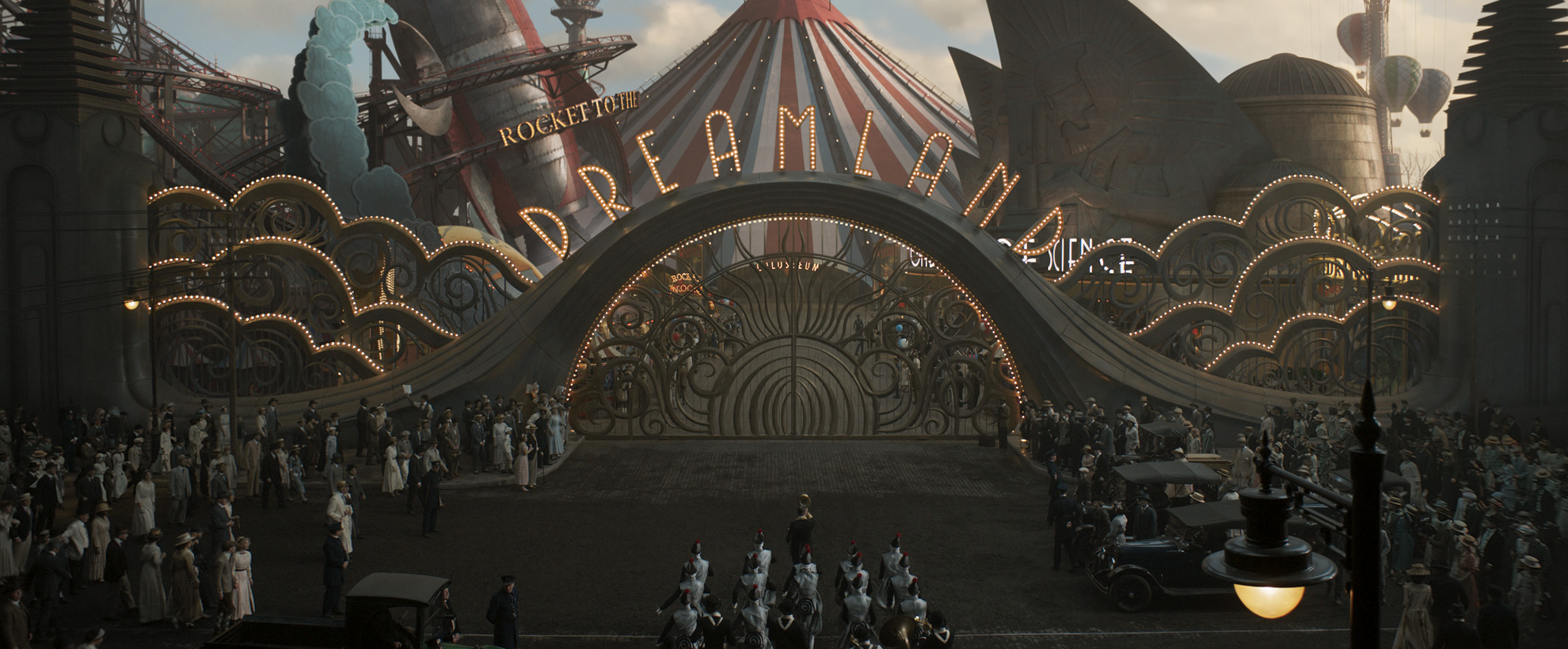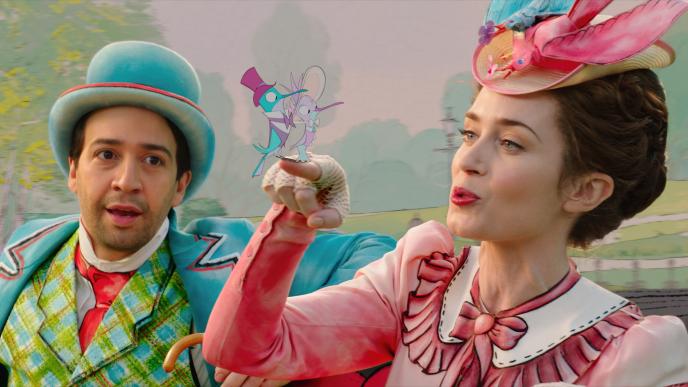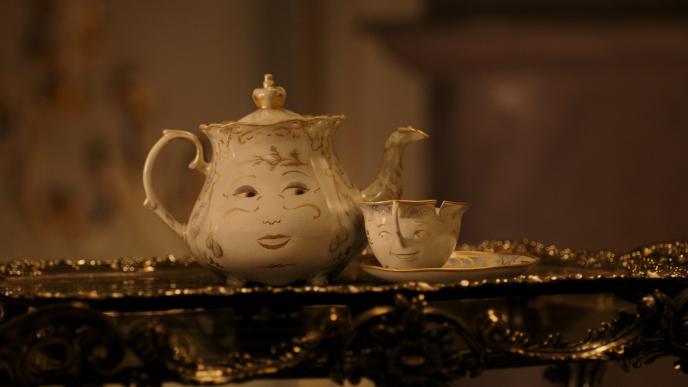
Dumbo
“In Dreamland everything is possible”
Visionary director Tim Burton’s grand live-action adventure Dumbo expands on the classic story where differences are celebrated, family is cherished and dreams take flight. Starring Colin Farrell, Michael Keaton, Danny DeVito and Eva Green, the film tells the story of a family circus leaving its roots to relocate to Dreamland, where Dumbo takes center stage.
Tim Burton treats visual effects as a storytelling tool.
The Brief
Framestore was proud to board Disney’s live-action reimagining of the beloved 1941 animated film, delivering the film’s construction - and destruction - of the lavish Art Deco ‘Dreamland’ theme park. VFX Supervisors Hubert Maston and Richard Hoover co-supervised over 350 shots of the film’s third act which include an extensive amount of background shots that feature Dumbo.
Richard Stammers, the film’s overall VFX Supervisor, tasked Framestore’s talented team to ensure the visual effects continuously supported Tim Burton’s surrealistic world and fantasy-filled storyline.
Bringing Dreamland to Life
As V.A. Vandevere (Keaton) and Medici (DeVito) make their grand arrival to Dreamland, Framestore’s work helps set the stage for the film’s Third Act, covering everything from the action-filled, sumptuous theme park to the majestic skies above.
Building from references of 1930s Coney Island and concept art developed by production designer Rick Heinrichs, Framestore’s modeling department was heavily involved in the initial ride designs, adding a ‘Tim Burton-like’ surreal twist to tie into the film’s visual narrative. The team also drew from references of 20th century architecture to recreate the theme park’s surrounding shapes and silhouettes that were key to the story. “We needed to give a sense of large scale there - the whole park represents V.A. Vandevere’s madness. His office is at the top of the ‘Power Tower’, representing his exaggerated ego overlooking both the sea and the park. It makes it feel like it’s his kingdom,” adds Maston.

Equipped with Ferris wheels, roller coasters and circus acts, the team helped create Dreamland’s feeling of a grandiose destination where dreams come true by using an instance-based layout system to create an environment which is both consistent and flexible enough to be adjusted on a sequence by sequence basis. Beyond that, “it had to look alive and functional,” adds Maston. Says Richard Hoover, “the placement needed to support a logical working park and allow Tim to move rides shot by shot for composition. There was a great deal of thought and discussion during the construction of where each ride was placed to support the story and how the film’s cut was dependent on the location of the characters in the park.” To do so, the theme park was designed as a modular 3D environment built into pieces. “The process in designing and constructing the park was extensive and very collaborative with Richard and Tim”, adds Hoover.
The skies played an important role in creating Dreamland’s look, and required a carefully-developed color palette as well as a thoughtful composition of clouds. Framestore’s team was able to control the look of the skies, both between sequences and per shot, by relying on custom-made templates. This enabled the compositing team to present the most recent version of each shot, at any given time. “The process we put into place allowed us to integrate the carefully-designed skies and recompose them shot-by-shot to recreate Tim’s vision”, says Compositing Supervisor Jean-Baptiste Godin. “It wasn’t only about aesthetics but how each shot’s look participates in telling the story. Composition per shot was crucial”, adds Maston

Destroying Dreamland
All good things come to an end, and the film takes a dramatic turn when Dreamland is engulfed in flames. Framestore’s CGI build of the park was effectively rigged for the exterior part of the theme park’s destruction. This sequence had be realistic - regardless of the various materials used for the building’s set design - and work well with the planned timeline of the theme park falling apart. “It was a huge part of the story, across many shots,” says Maston. “It worked as a background for the characters escaping the park and V.A. Vandevere seeing his lifelong dream burn before his eyes.”
The process of destroying large-scale elements was helped by new rendering techniques, allowing the team to create full simulations using all volume and rigid elements interacting with each other using physically plausible materials. The new sampling method helped create large scale effects, render fires and smoke at a gigantic scale. “Additionally, we relied on the particles in Nuke more than initially expected,” says Godin. “We created the embers and ashes falling in the atmosphere. It was important to control them in compositing to be able to iterate quickly and let the FX team really focus on the gigantic fire, smoke and collapsing Colosseum.”

Close to 260 Framestore artists from various departments, from lighting to environments and art department specialists combined their talent to set the scene for the construction and destruction of the surreal Dreamland.
Reviews
Vandevere’s Dreamland Colosseum is a mainstream circus that brings new meaning to over the top - Rolling Stone
Dreamland is an homage both to Art Deco and to the Hollywood of the 1920s and 1930s - The Independent
The circus settings liberate Burton, giving him the opportunity to stage elaborate, bizarre acts with grandiosity and verve - Vulture
Visually sumptuous - USA Today
Press
Dumbo 2019 trailer: Tim Burton's take on Disney classic leaves fans in tears - Evening Standard
The New Dumbo Trailer Is Enchanting And Wondrous - Cinema Blend


